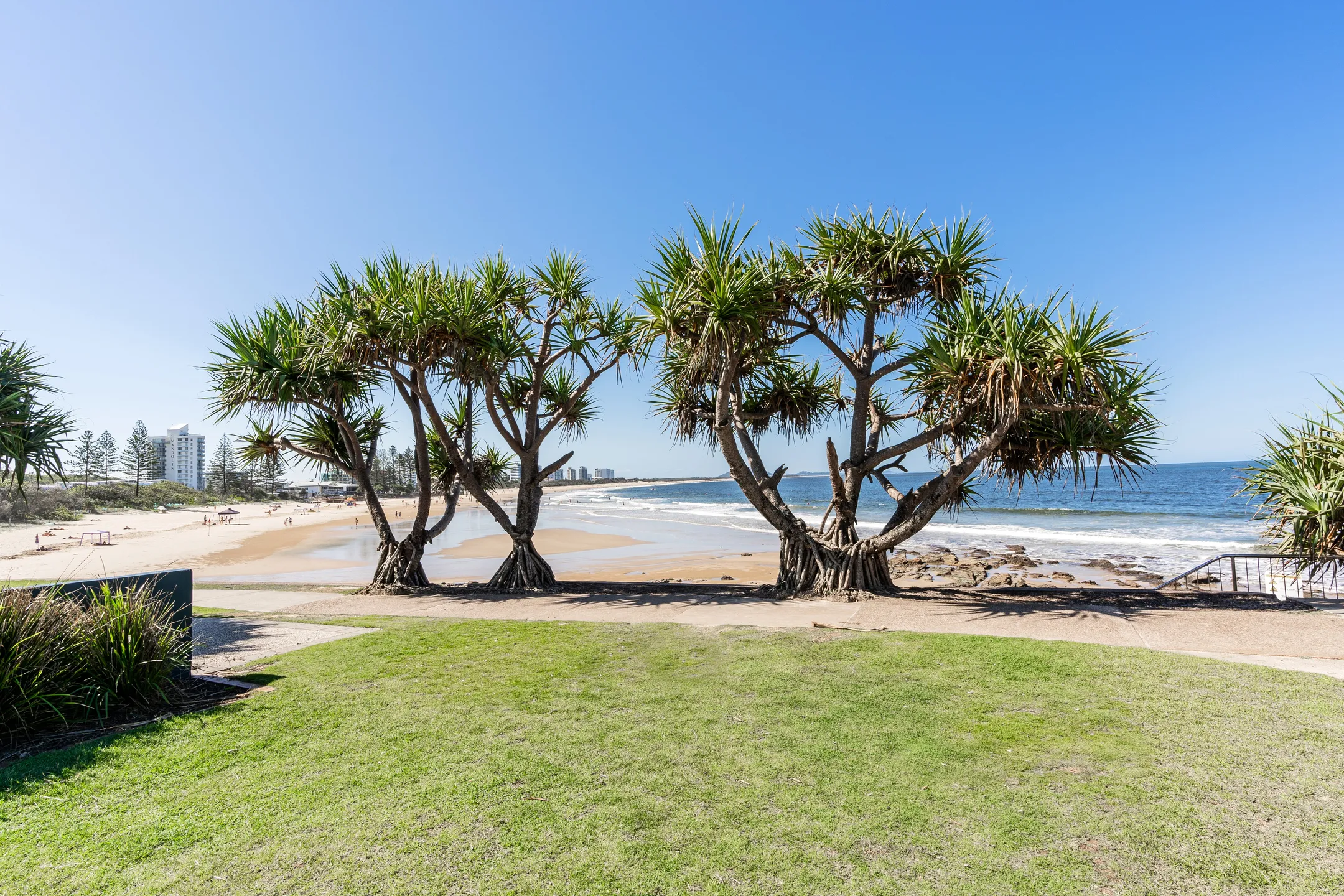Living lakeside
Lakes are one of our greatest assets, providing tranquil surrounds, a water playground and residential lifestyle.
The following information is available as a factsheet* (DOCX, 1.57MB).
They are also home to fauna and flora that depend on a healthy ecosystem. Therefore, living lakeside has the added responsibility of helping keep waterways healthy and productive for the plants and animals we share them with.
Lakes are vibrant, living waterways that react to environmental, seasonal and weather changes. Depending on climate, their appearance and condition can change, including water levels and plant growth in and around the water. These are usually due to weather changes and are not indicative of unhealthy or polluted waters.
Recreation and lifestyle
Large lakes can be water playgrounds for fishing, paddling, sailing, bird watching, and boating. They also offer great water views and relaxed surroundings, making waterfront properties sought after addresses. Helping to care for the waterways is in everyone’s best interest.
Lakes as habitat
Small urban lakes provide important habitats for a variety of wildlife. Many bird species, such as cormorants, herons and black swans rely on these habitats for food, shelter and breeding.
A healthy lake system is also essential for many fish species. Lakes can sustain many insect species, grazing snails, crabs, molluscs, prawns and amphibians. Reeds and sedges provide nesting and foraging material, while other aquatic vegetation provides safe habitat for turtles, lizards and eels.
Aquatic plants
Aquatic plants, often mistaken for weeds, form the foundation of healthy lake systems by producing oxygen through photosynthesis. They help clean the water by absorbing nutrients that stimulate algal blooms and provide habitat, food and cover for fish, birds and other wildlife.
Sedges filter runoff and reduce pollutants entering the waterway. Council carefully balances the harvesting of aquatic vegetative species, considering aesthetics, nutrient removal and habitat availability.
Lakeside vegetation creates a buffer to help prevent erosion by reducing the impact of stormwater runoff, waves and currents.
What we can do
There are many ways we can help make sure our waterways stay healthy.
Stormwater is rainwater that runs off lawns, roads, driveways and natural ground surfaces. Every time it rains, a range of pollutants, including oils, detergents, paints, fertilisers, grass cuttings, animal wastes and soil can be washed directly into the stormwater system and the lakes. This can result in poor water quality, algal blooms and organic and litter debris.
Litter washed into waterways can kill fish, birds and other aquatic wildlife that mistake it for food.
To help reduce stormwater pollution, protect our waterways and encourage wildlife, remember to:
- ensure dogs are kept on leads and under control around water birds
- remember to pick up animal droppings and put them in a bin
- minimise erosion by preserving aquatic plants near your property; do not remove lake edge plants by mowing, spraying or brush cutting
- dispose of rubbish and garden waste in the bin or through recycling
- dispose of cigarette butts responsibly
- refrain from feeding wildlife and water birds and ‘let nature feed itself’
- wash your car and other equipment on your lawn, as opposed to on a street or near a waterway
- avoid over-watering and use fertilisers in moderation (check water restrictions)
- install silt fencing where there is a risk of erosion and keep building materials covered when building or renovating
- dispose of aquariums wisely; non-native fish and plants should never be released into lakes or wetlands
- dispose of fishing equipment wisely
- report pollution concerns or enquires to council’s customer service centre (07) 5475 7272.
How our actions help
When our individual positive actions are combined, we reduce the impacts on our waterways.
We can work together as a community to make sure our lakes continue to provide enjoyment and protect the many plant and animal species that rely on them.
*Some information for this fact sheet has been provided courtesy of Gold Coast City Council.

